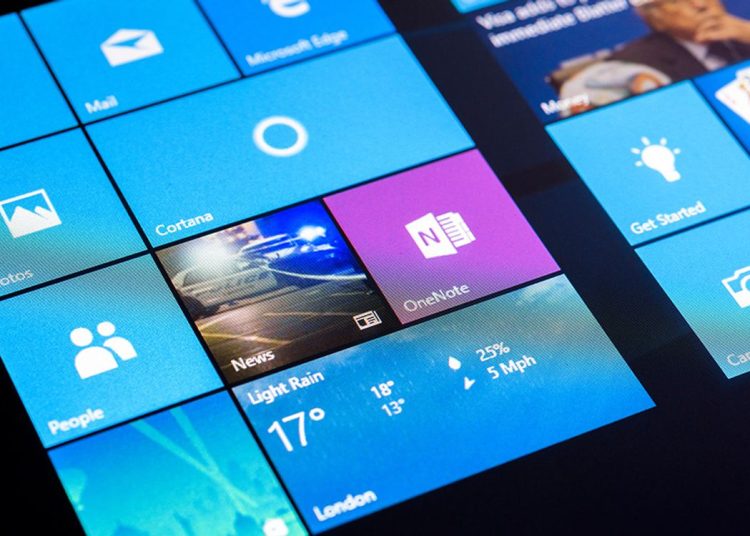Microsoft has issued a stark warning to over 400 million Windows 10 users: by 2025, many will need to replace their PCs to remain secure and supported.
As Windows 10 approaches its official end-of-support date on October 14, 2025, millions of devices unable to upgrade to Windows 11 will face an uncertain future. This announcement highlights the growing divide between evolving software demands and aging hardware capabilities, forcing users to confront the reality of obsolescence.
Windows 11, launched in 2021, introduced stricter hardware requirements, including the need for modern processors and specific security features like TPM 2.0. These changes were designed to enhance performance and bolster defenses against cyber threats.
However, they also rendered a significant portion of existing PCs incompatible. Many of these devices, while still functional, lack the specifications to transition to the new operating system, leaving their owners with few options.
For users clinging to older hardware, the end of Windows 10 support marks a critical juncture. Without regular security updates, these systems will become increasingly vulnerable to cyberattacks, including malware, ransomware, and data breaches.
This growing risk has prompted Microsoft to recommend upgrading to newer devices that meet Windows 11 requirements. However, purchasing new hardware is daunting for many, particularly in regions where economic constraints make such upgrades challenging.
The shift also raises broader questions about sustainability and electronic waste. As millions of devices are rendered obsolete, the environmental impact of discarding old hardware becomes a pressing concern. Critics argue that the rapid pace of technological change places undue pressure on consumers, forcing them into costly and often unnecessary upgrades.
Despite the challenges, Microsoft emphasizes the benefits of transitioning to Windows 11. The new operating system offers enhanced security features, better integration with modern applications, and a streamlined user experience.
For those unwilling or unable to upgrade, the company suggests exploring alternative solutions, such as migrating to cloud-based platforms or considering Linux-based systems that support older hardware.
The announcement has sparked debate over the balance between innovation and accessibility. While some welcome the improved functionality and security of Windows 11, others question whether the stringent requirements disproportionately affect those with limited resources.
As the 2025 deadline looms, users are urged to plan ahead and assess their options. Whether upgrading to a new PC, exploring alternative operating systems, or accepting the risks of running unsupported software, the decision will have significant implications for individual users and the broader digital landscape. The countdown has begun.




























